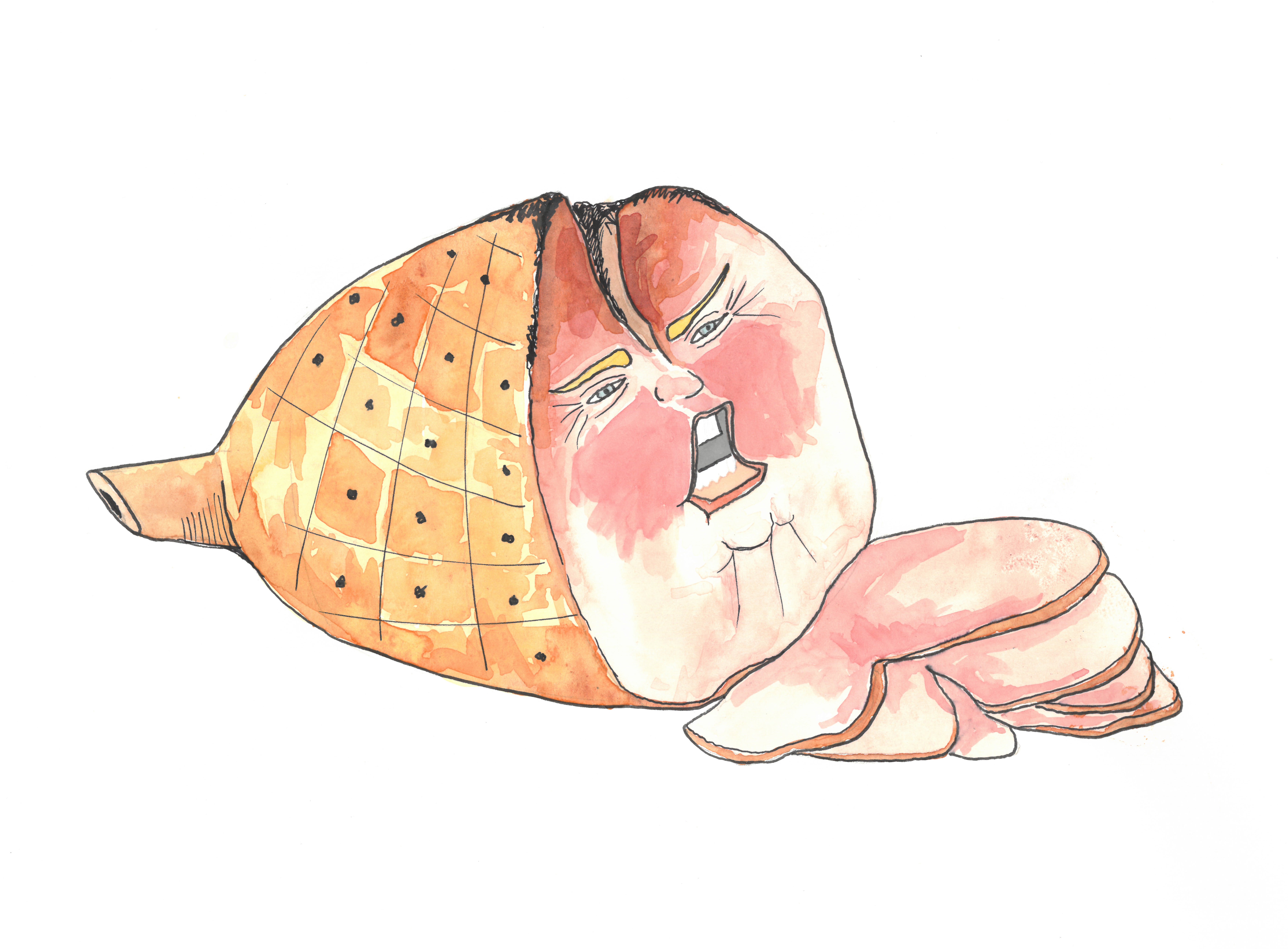
Masculinity, in all its guises, is on our minds at the moment. In response to the discussion generated by Elephant issue #38, “What’s Become of Him?”, I’ve been thinking about what impact the shifting perceptions of gender are having on our language, our experience of the world and our relationship to others. In celebration of this year’s International Women’s Day
, I was invited to attend a panel discussion with three amazing women at all-female private members’ club, The AllBright. Beth Greenacre (art advisor and curator of The AllBright Collection), Jo Baring (art advisor and head of the Ingram Collection), Anna Liber Lewis and I discussed our experiences of working in the art world, and navigating that world from the particular perspective of a woman. Universal experiences surfaced during the conversation, both negative and positive; each of us had memories of assumptions made by senior figures in educational establishments about our reasons for being there and our abilities to undertake the work. Some reported very negative behaviours and emotional abuse. On the flip side, we all had examples to give of strong, positive role models we had benefited from meeting at various points during our careers, who gave us confidence and encouraged us to bring our full selves into the world.
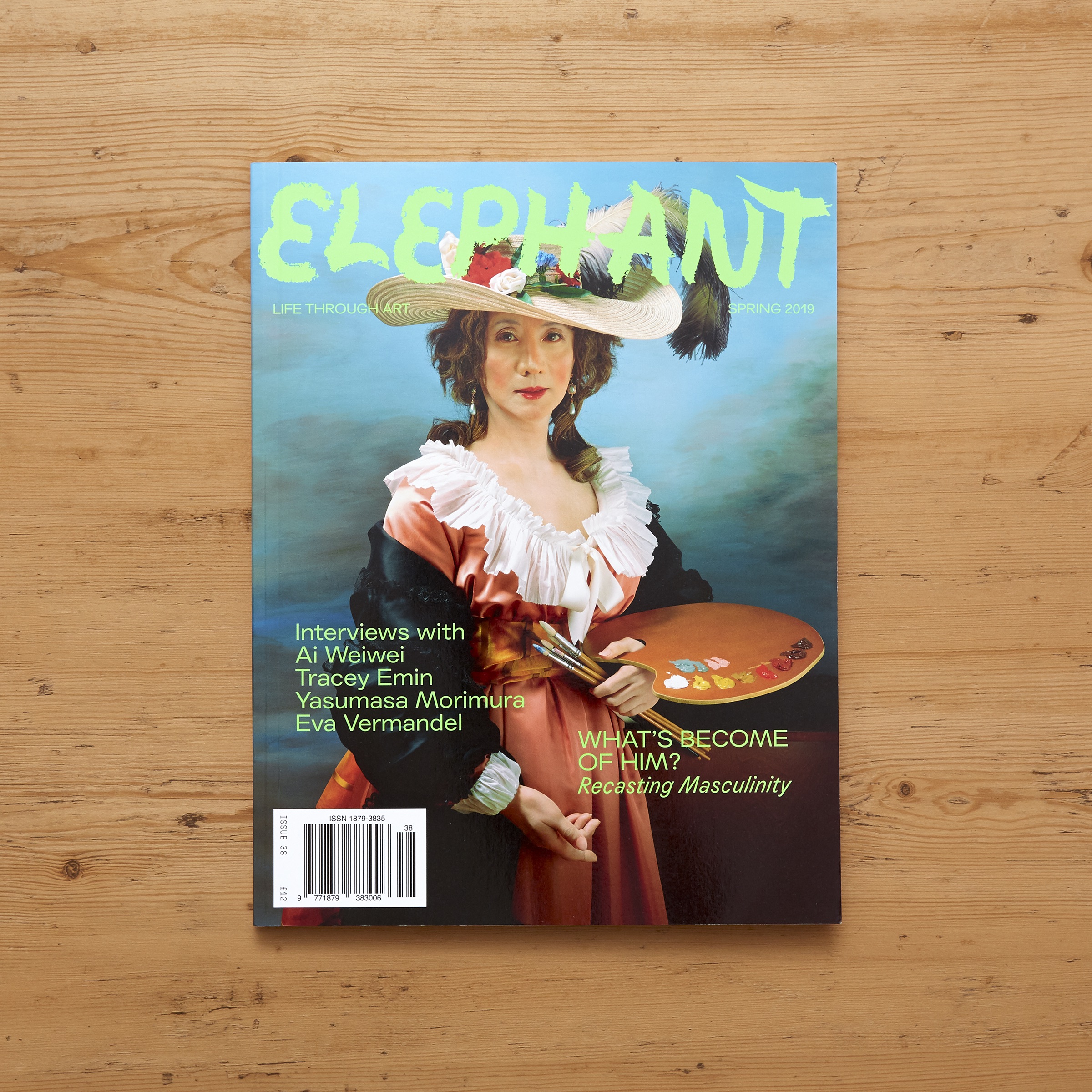
“Fear is a paralysing and ultimately destructive force. All of us, male, female and otherwise, have an opportunity at this point in time to come together”
Reflecting back on our conversation, what struck me was the shift in attitude we’ve witnessed in the last twenty years from one of dominance and submission, to one of compassion and collaboration. There are many who lament this shift; those who were able to hold positions of power in the past and now are afraid of it slipping away from them. Fear is a paralysing and ultimately destructive force. All of us, male, female and otherwise, have an opportunity at this point in time to come together with compassion and understanding, letting go of old ideas and embracing a new way of being that is ultimately more rewarding for everyone. Maybe that’s what International Women’s Day can start to represent—rather than women versus men, it becomes about opening up and learning to be compassionate, whatever your gender.
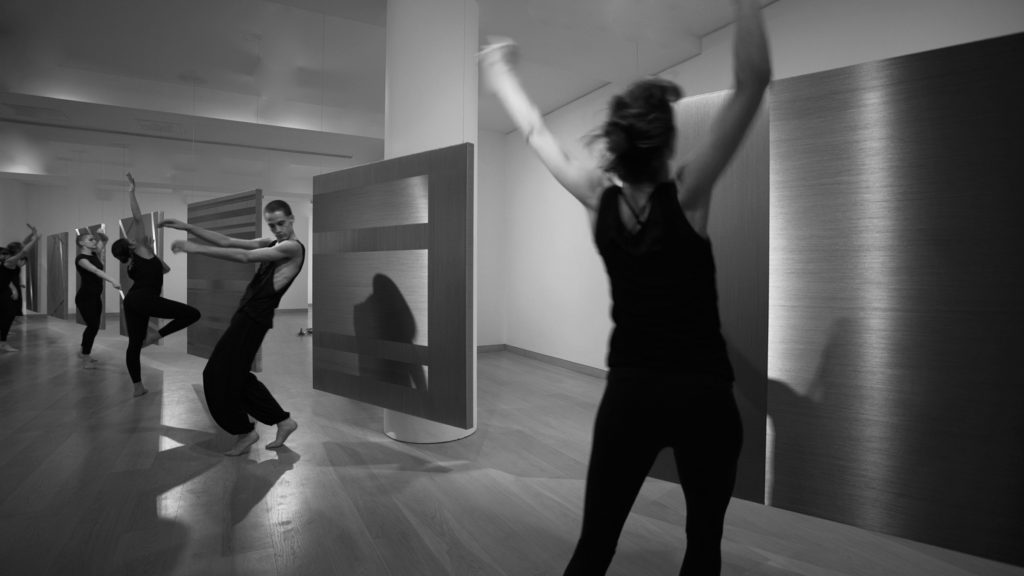
Alice Anderson at Waddington Custot performing a “Transitional Dance”, London, 2019. Courtesy Alice Anderson Studio
Once again (ref: Curator’s Egg #7), I find conversations coming back to magic, ritual and mythologies. Perhaps this is due to a rise in feminine energy, or perhaps it’s reflective of our collective need to connect more deeply, but either way these ideas keep resurfacing. A ritualistic performance with high energy drumming and dancing marked the opening of French artist, Alice Anderson’s current solo show at Waddington Custot, entitled Body Disruptions. Dressed in black, the performers each took up position in front of one of the suspended, square objects cutting diagonally across the space, each meticulously bound with endless lengths of fine copper thread. As the drummers began to mark a steady beat, the performers started to move intuitively in response, the sounds and the movements increasing with intensity as time progressed, reaching a final climax after about ten minutes. The copper works on their own have an immense power, imbued with the energy and intention of hours and hours of repetitive binding actions, but when activated with the performance they become quite magical. Anderson is a modern-day shaman; she has the ability to transform fairly basic, mundane materials into transcendental objects with great presence.
“Rather than women versus men, it becomes about opening up and learning to be compassionate, whatever your gender”
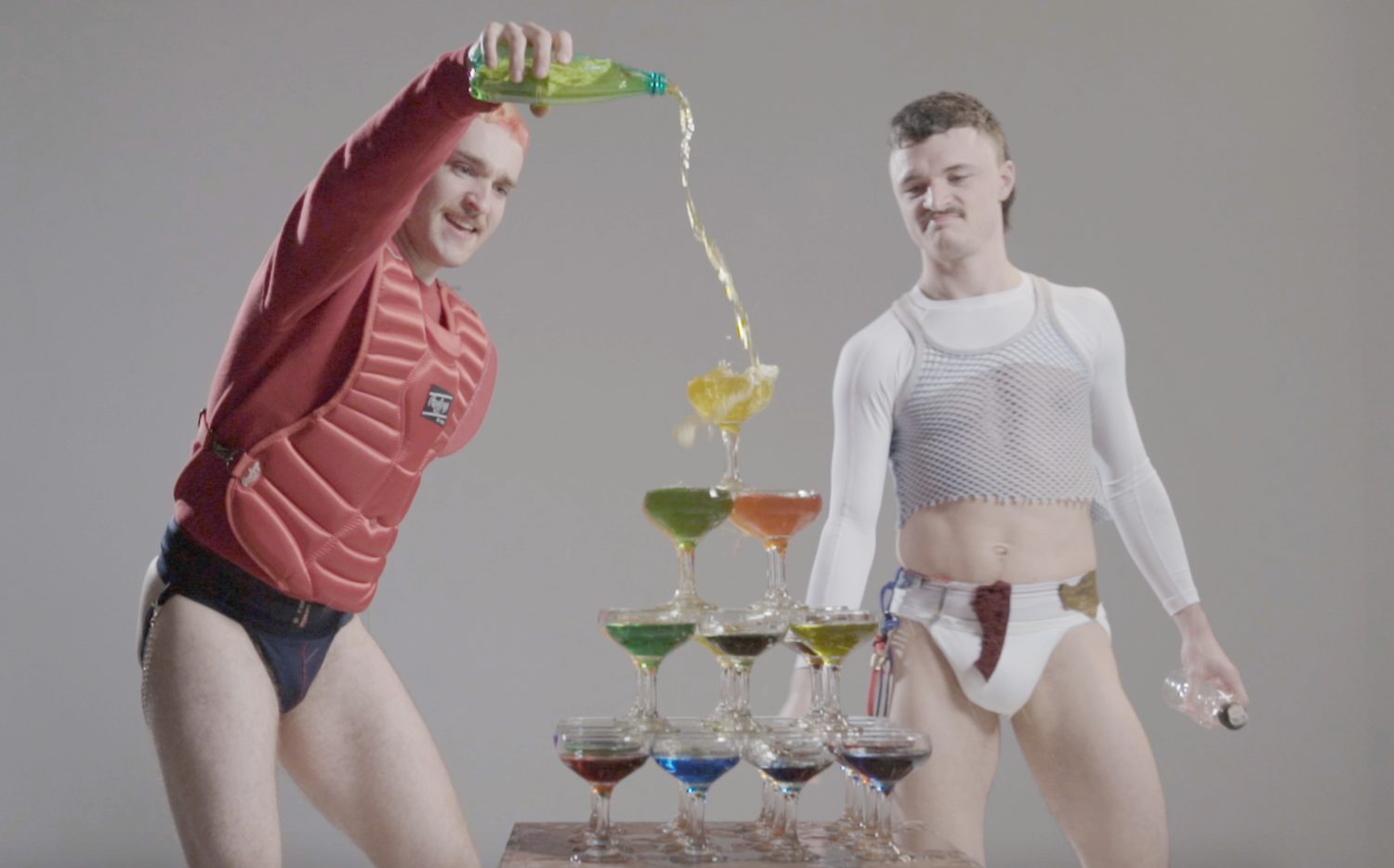
I recently met the multimedia artist Gray Wielebinski who hails from Texas via LA, and is the current artist in residence at City & Guilds Art School in South London. Gray’s work deals with issues of gender, identity and ritualistic practices in sport and popular culture. At once humorous and unsettling, their installations, soft sculptures and performances reference the shifting sands of gender identity, whilst also alluding to childhood memories and play, where often these identities are formed. There is both comfort and anxiety in rituals created around particular activities—ceremonial acts can have the contradictory effects of either bringing people together, or making them feel uncomfortable and isolated. Gray’s graduation show at The Slade School of Fine Art was a representation of a queer locker room, complete with a lurid sports drink “champagne” fountain and boys strutting around in jock straps. In other works, the hyper-masculine celebratory ritual of tipping drinks over the last baseball player to score is taken as an example of this tension, where the moment offers both male bonding and public humiliation. In order to be part of the “tribe”, the participants must let go of, or hide, parts of themselves that don’t fit the prescribed rules. Through critique of, and reference to, these rituals the artist aims to find a more open and transparent set of narratives that include rather than exclude the audience; that let us all in on the joke at the same time as giving us ways to participate.
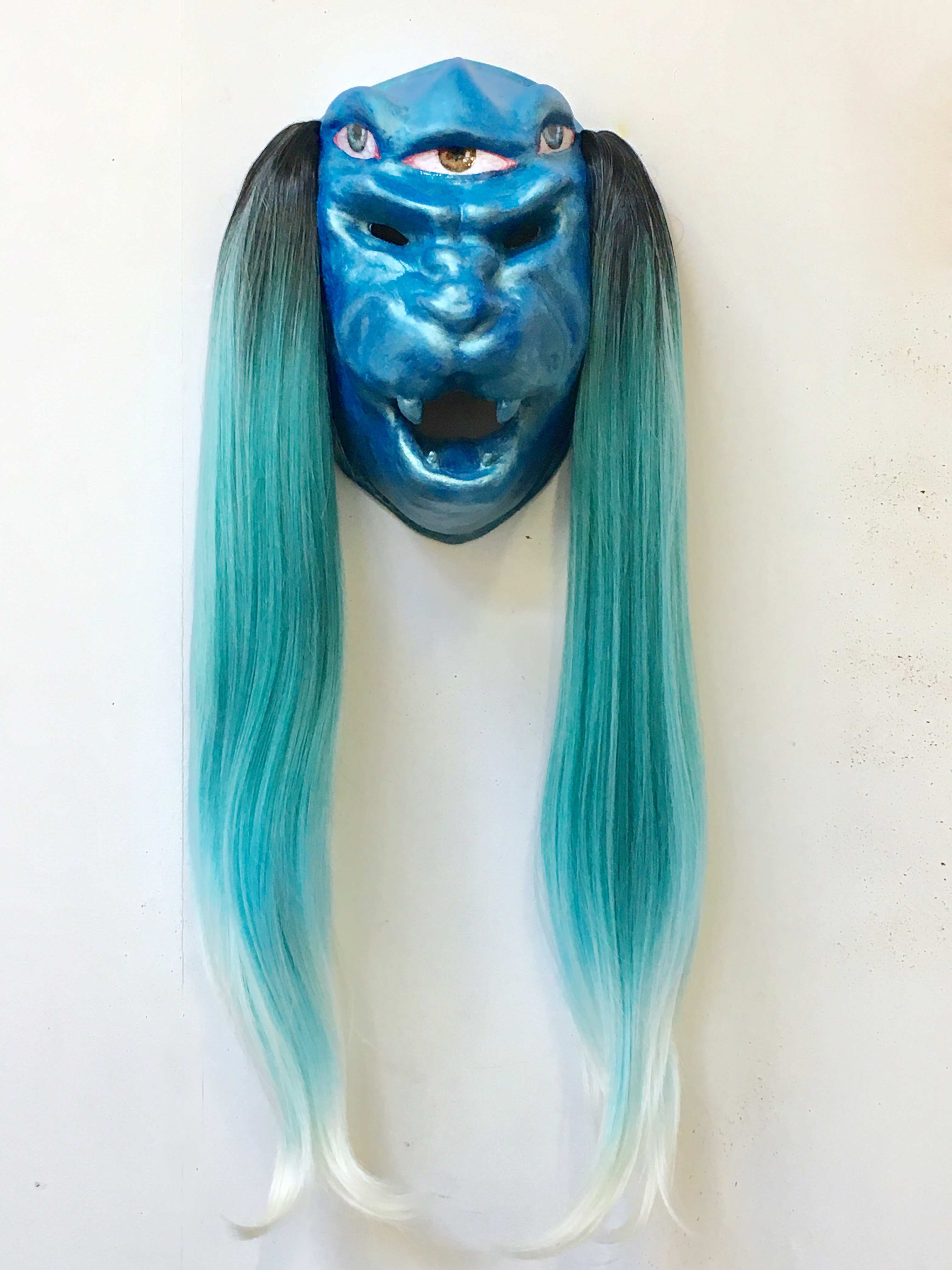
Collaging disparate references to identity, culture, folklore and mysticism, artists such as Zadie Xa and Anna Perach are seeking a new global narrative that seeks to find what unites us in humanity and celebrates our diversity; social activism enacted visually and viscerally. On a recent studio visit, Zadie spoke to me about the ways in which her multi-media, textile, performance and video works bring Korean mythology together with Western consumer culture, creating a new visual language of costume and performance that feels joyful and celebratory, albeit with some dark undertones. In a similar way, Anna’s handmade carpet costumes at once reference ancient Eastern European folklore and address questions of contemporary cultural identity. Her references are local and personal, as well as global and universal. These artists are searching for a new way of being within the contemporary context in the only way they know how; investigation, research, keeping their eyes, hearts and minds open, and making objects that are invested with power. As we move into an increasingly uncertain future, these actions and practices seem vital—not only for the artists and their audience, but for us all to be able to find our way through whatever tomorrow brings.





